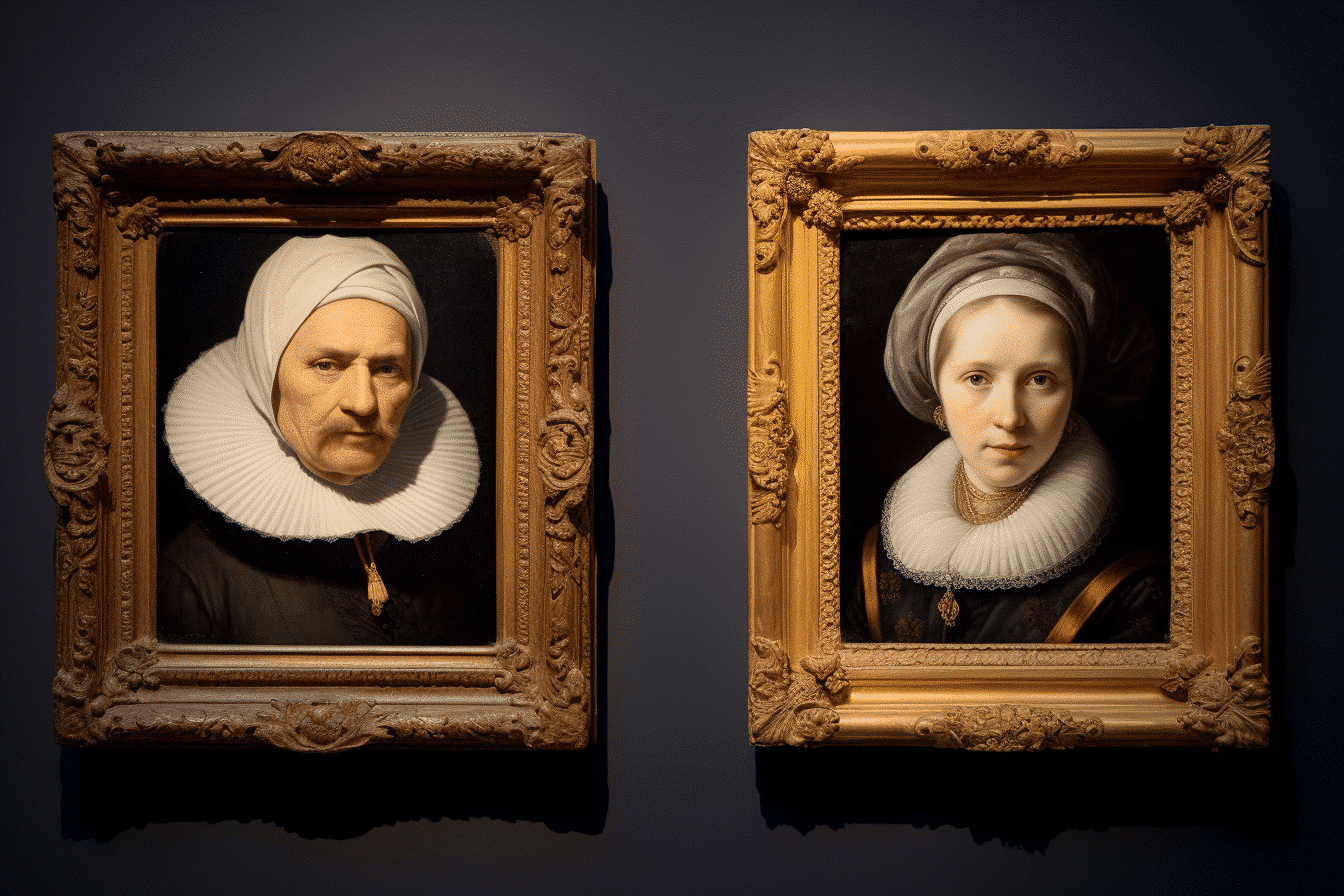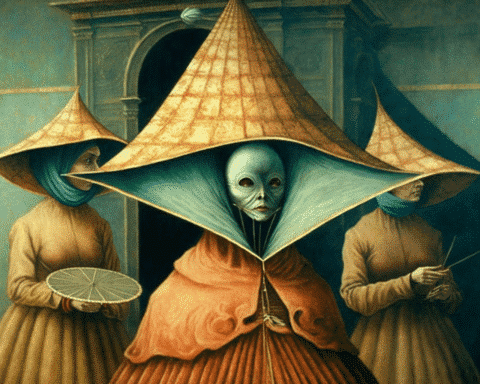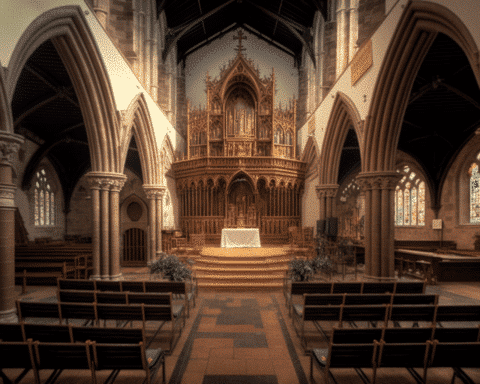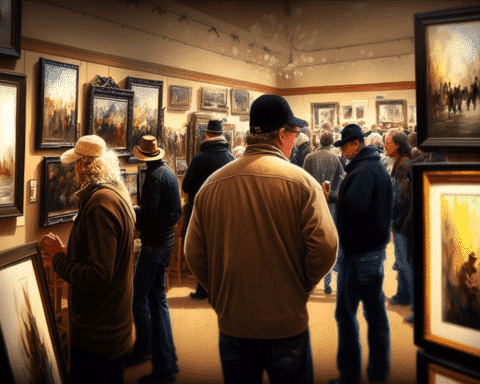Rembrandt’s previously undiscovered and extremely unique portraits were auctioned for more than £11.2 million ($14.2 million), having been unearthed from a private collection in the United Kingdom.
These close-up portraits illustrate the kinfolk of the renowned Dutch artist and represent the final privately-held Rembrandt portraits, as reported by Christie’s auction house, which kept the successful bidder’s identity undisclosed.
Dating back to 1635 and signed by Rembrandt himself, the petite eight-inch tall depictions portray an aging couple, Jan Willemsz van der Pluym and his wife Jaapgen Carels, an affluent plumber and prominent family members from Leiden in the Netherlands, who were tied to the painter via marriage.
Their son, Dominicus van der Pluym, was wedded to Rembrandt’s cousin, Cornelia van Suytbroec. The couple bore one son, Karel van der Pluym, who likely apprenticed with Rembrandt and named the artist’s only living descendent, Titus, as a beneficiary in his will.
The year the portraits were crafted, 1635, was also marked when the subjects purchased a garden adjoining Rembrandt’s mother’s property in Leiden.
Preceding the auction, Christie’s specialists noted in a press statement that the portraits boasted an “extraordinary, virtually uninterrupted lineage of ownership.”
The paintings remained within the subjects’ family until 1760, following the demise of their great-grandson, Marten Ten-Hove, a year prior. Afterward, the portraits journeyed to Warsaw, forming part of Count Vincent Potocki’s private collection, before briefly becoming part of Baron d’Ivry’s collection in Paris in 1820 and then moving to James Murray, 1st Baron Glenlyon’s collection.
By June 1824, Murray listed the artworks for sale with Christie’s, wherein they were lauded as “Rembrandt — highly dynamic and finely hued.”
Post that sale nearly two hundred years prior, the artworks lingered in the UK, within the same lineage’s private collection, remaining unknown to the art world. The latest proprietors have maintained anonymity.
A May telephonic interview with Henry Pettifer, the international deputy chair of Old Master paintings at Christie’s, revealed that the discovery happened a few years back during a “routine valuation of household contents.”
He described the paintings as instantly captivating, which equally astonished the then-owners, who hadn’t anticipated any significant value from the paintings.
Upon seeing the artworks, Pettifer expressed his immense excitement but cautioned that he didn’t leap to conclusions prematurely.
Discovery of the previous sale at Christie’s initiated a comprehensive investigation at the Rijksmuseum in Amsterdam, where the portraits were studied and scientifically analyzed.
“The paintings were entirely off the radar. They hadn’t appeared in Rembrandt’s literature from the 19th or 20th centuries. They were entirely overlooked,” said Pettifer.
Researchers at the Rijksmuseum could only verify the identities of the individuals portrayed.
Pettifer shared with CNN that the “tiny, deeply personal, utterly impromptu” nature of the paintings suggests the artist’s intimate relationship with the subjects.
He stated, “They are not pompous, officially commissioned paintings. To our knowledge, they may be the smallest portraits he ever painted.”
The portraits were sold as part of Christie’s “Old Masters Part I” auction, which netted over £53.9 million ($68.5 million) in London. The most significant sale of the evening was a hitherto unknown piece by Flemish painter Michael Sweerts, which sold for almost £12.6 million ($16 million).
The unearthing and subsequent auctioning of these intimate portraits by Rembrandt underscores the continual allure of the Dutch master’s work and the persistent intrigue surrounding his life and relationships. They offer an invaluable glimpse into the personal and familial connections that shaped and influenced Rembrandt’s work while highlighting the endless allure and value of art from the past, especially regarding such renowned and influential figures. With each discovery, we are reminded of the enduring power of art to reveal, connect, and inspire across centuries and cultures.




